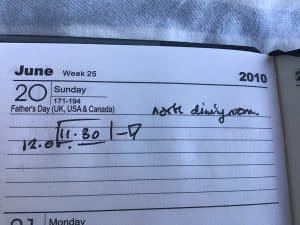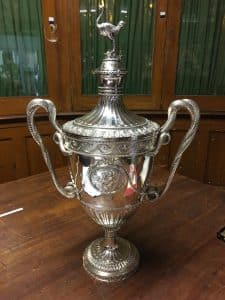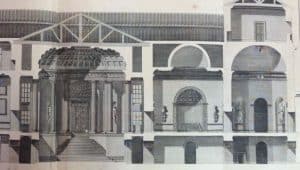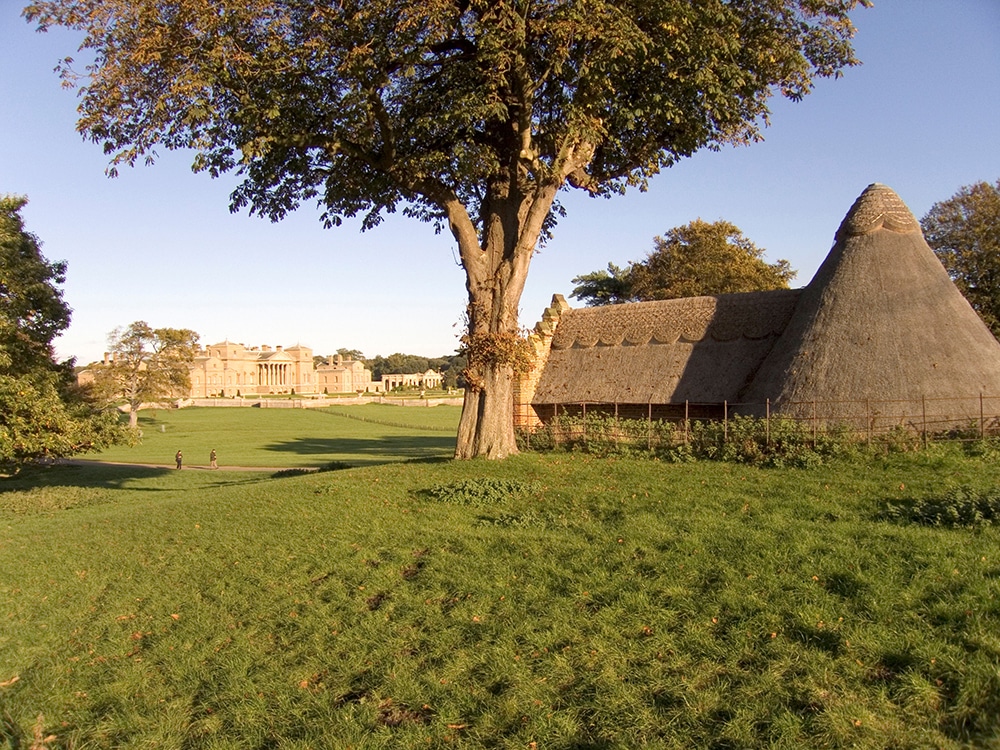
The Ice House
April 20, 2020 | Holkhome | 3 minute read

What do you do if you fancy a Cornetto on a hot summer’s day, a nice cold gin and tonic or even a bag of frozen peas to pop on a sprained ankle? You probably raid your fridge freezer. But what about in days gone by, how did Holkham Hall manage? Come along, let’s take you to our very own refrigeration destination….
Just near the south end of Holkham lake, is a curious-looking thatched building, Holkham’s ice house. This is one of the oldest buildings in Holkham Park. We don’t know exactly when it was built, but it was certainly up and running in December 1742 when the accounts records in our archives show that it was filled with ice in December that year.
The position of the ice house was important. Back in the 18th century ice was cut from Holkham lake and taken the short distance to the ice house to be stored. As you can imagine it was very cold work, and it took 26 men, thankfully fortified with brandy and ale, to fill the ice house in one day.
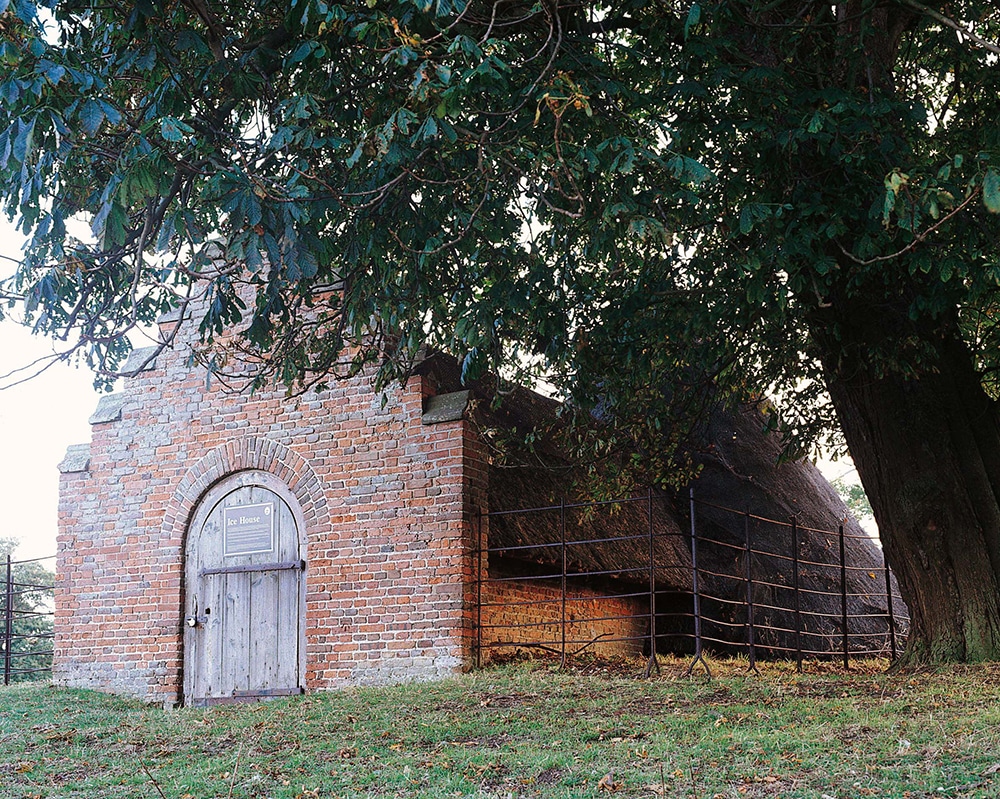
So how does an ice house work? A deep draining pit is dug way down into the ground and covered with a timber floor or grid on which clean straw or reed is spread. A 30 cm deep layer of ice or compacted snow was then laid on top, followed by another layer of straw and repeated until the pit is covered right up to door level.
Ice was important for preserving meat and fish and for chilling cold dishes, but we know from the archives that ice from the ice house was also used to make ice sculptures to decorate tables, to help cure maladies and fevers and even for making Italian style ice cream and sorbets.
The ice house was still very much in use in the 19th century, when we have records of ice carters being amongst those who dined in the servants’ hall during the winter months in the early 1800s. Records show the ice house was being used in 1857, but soon after Holkham started to buy ice imported from America and Norway. It was delivered, summer or winter, by rail to Holkham Station on Lady Anne’s Drive. In busy times it could be 150 to 300 kg every three days. The frequency of the deliveries suggests that the ice was now being kept in an icebox in the house and used straight away.
In around 1912 a new private electricity system was installed at Holkham Hall which led to the conversion of one of the original dairy rooms into an ice-making plant. The ice house is now well and truly redundant. Although built as a practical building, the ice house remains one of the most talked about and beguiling buildings in Holkham Park.
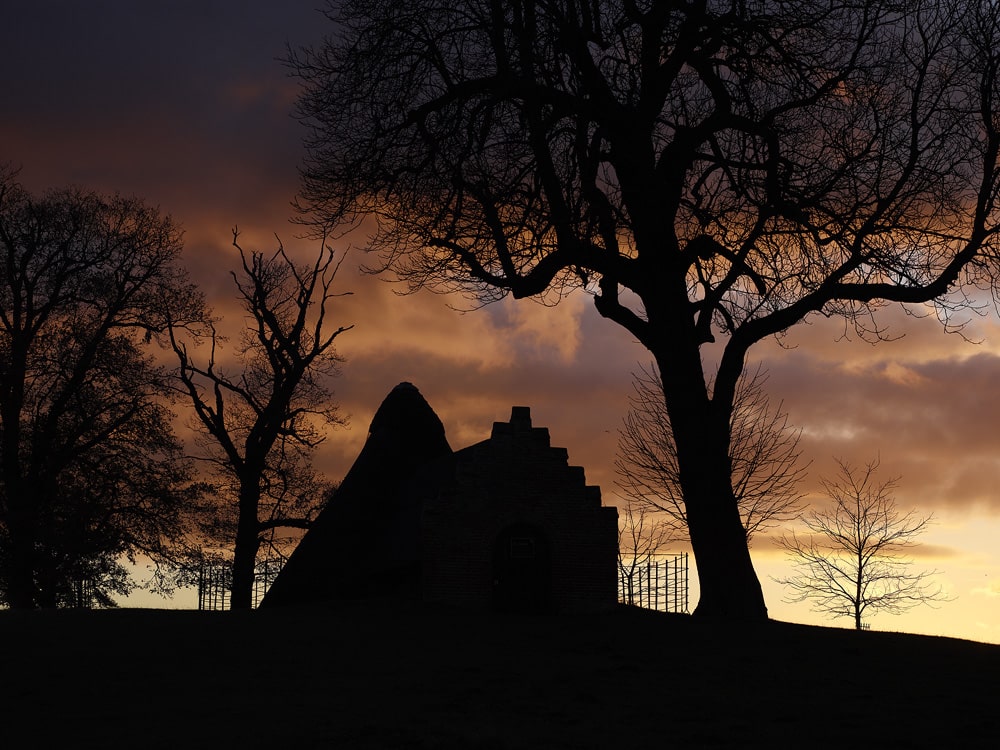
Image: www.garethhacon.com
View all latest blog posts here.
Back to Journal Back to Journal
